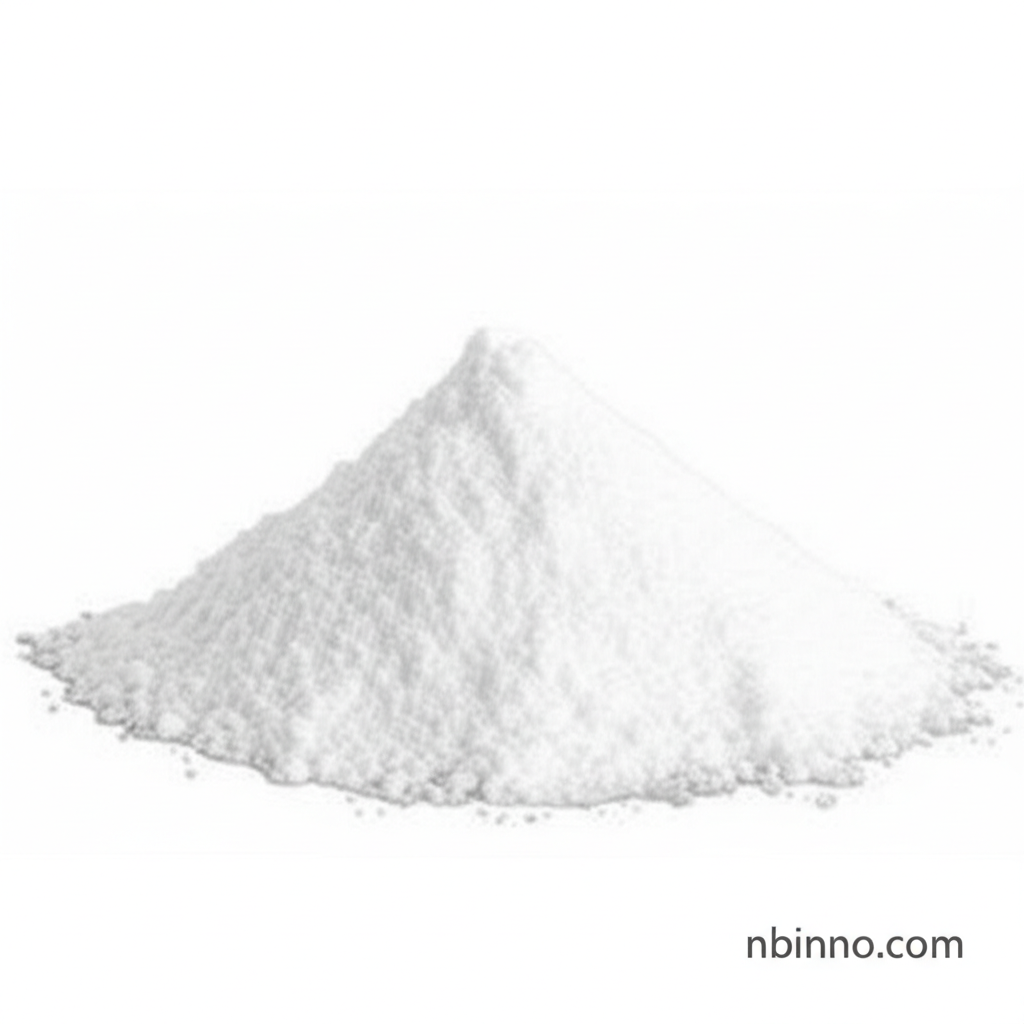Hydroxypropyl Methylcellulose: Properties, Applications, and Benefits
Discover the versatility and essential role of Hydroxypropyl Methylcellulose (HPMC) across diverse industrial sectors.
Get a Quote & SampleProduct Core Value

Hydroxypropyl Methylcellulose
Hydroxypropyl Methylcellulose (HPMC) is a crucial cellulose ether derived from natural cellulose, modified through chemical processes to offer exceptional properties. It serves as a vital component across numerous industries due to its remarkable thickening, stabilizing, binding, and film-forming capabilities. HPMC's safety profile and versatility make it a preferred choice in advanced formulations.
- Thickening and Stabilizing Power: HPMC significantly enhances the viscosity and stability of various formulations, crucial for applications ranging from construction mortars to cosmetic gels. Understanding the uses of HPMC reveals its broad applicability.
- Pharmaceutical Excellence: In the pharmaceutical sector, HPMC is extensively utilized as a binder, disintegrant, and coating agent for tablets and capsules, contributing to improved drug delivery and efficacy. Its role in pharmaceutical applications is well-documented.
- Construction Grade Performance: Within the construction industry, HPMC is indispensable for improving the workability, water retention, and adhesion of materials like tile adhesives and plasters, showcasing its significant HPMC benefits construction sector.
- Food Industry Applications: Recognized for its safety, HPMC functions as a thickener, stabilizer, and emulsifier in food products, and notably, as a gluten substitute in gluten-free baking, highlighting the importance of HPMC food additive safety.
Key Advantages
Non-Toxic and Safe
HPMC is widely recognized as safe and non-toxic, making it suitable for direct use in food, pharmaceuticals, and personal care products. This safety is a cornerstone of its widespread adoption, a key aspect of HPMC food additive safety.
Exceptional Versatility
Its adaptable physical properties allow HPMC to be tailored for specific industrial needs, serving as a thickener, binder, stabilizer, and more across diverse applications, underscoring the broad uses of HPMC.
Enhanced Performance
HPMC significantly boosts the performance of products by improving texture, stability, water retention, and film-forming capabilities, a critical factor in achieving desired product characteristics.
Key Applications
Construction Materials
HPMC is vital in construction for enhancing tile adhesives, plasters, and self-leveling compounds, demonstrating clear HPMC benefits construction sector.
Pharmaceuticals
As an excipient, HPMC is used in tablet binding, controlled-release formulations, and capsule coatings, crucial for pharmaceutical applications.
Food Industry
In food, HPMC acts as a thickener and stabilizer, and notably as a gluten substitute, showcasing its role as highlighted in discussions around HPMC as gluten substitute.
Personal Care
Used in cosmetics and personal care products for its thickening and film-forming properties, contributing to the texture and stability of items like shampoos and lotions, as seen in hydroxypropyl methylcellulose for personal care.
